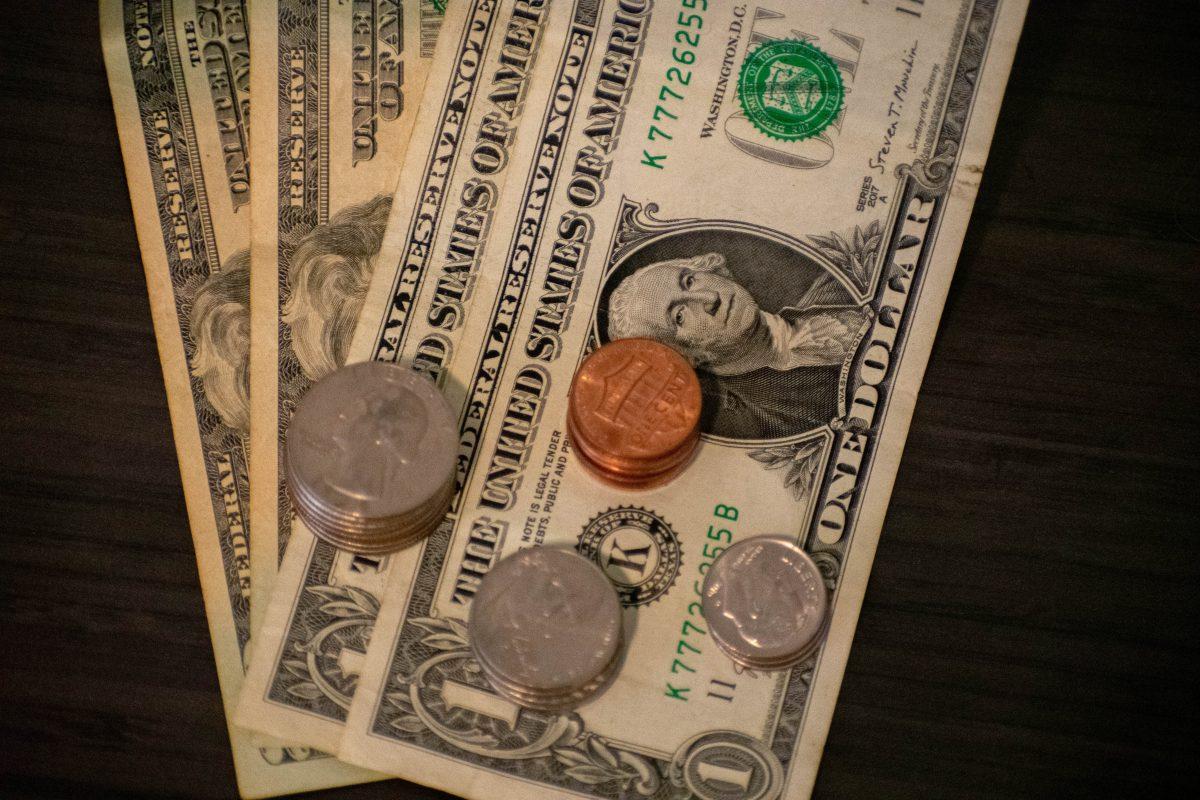On March 10, Silicon Valley Bank collapsed, resulting in a takeover by the Federal Deposit Insurance Corporation; Signature Bank followed on March 12. These two banks have been the largest to fail since the 2008 financial crisis.
With the easing of COVID-19 restrictions in 2021, inflation has been on the rise. The Federal Reserve has been aggressively increasing interest rates in order to slow down the economy, a practice used to curb inflation. The challenge with curbing inflation are the side effects it can produce along the way, some of which led to the collapse of Silicon Valley Bank and Signature Bank.
Dennis Jansen is a professor of economics and the director of the Private Enterprise Research Center at Texas A&M. Jansen offered context for why the Fed is increasing interest rates.
“In macroeconomic theory, raising interest rates will raise other interest rates, slow down borrowing and slow down the economy,” Jansen said. “Slowing down the economy will lead to less pressure on prices.”
Jansen said Silicon Valley bank chose to buy government bonds in 2020, when interest rates were low. Shortly after purchase, interest rates began to increase and its bonds fell in value.
“When[the Fed] raise interest rates, bond prices fall,” Jansen said. “Bonds are issued with a certain intrinsic interest rate attached, and that’s the interest rate you are getting on the principal. When market interest rates start to rise, the value of that bond falls.”
Jansen said Silicon Valley Bank was in financial trouble in its past few weeks. It made this public by selling a large chunk of its bond portfolio, in which they lost around two billion dollars. This led to a “bank run,” a process in which waves of customers withdraw their money from the bank. This was the last nail in the coffin.
“The Fed is caught in a tough spot,” Jansen said. “They want to raise interest rates because inflation rates are high, but they don’t want to raise interest rates because it’s causing bank problems.”
Jansen said this situation is not like the 2008 financial crisis.
“You can read doom and gloom, but I don’t think this is the same situation as the 2008 financial crisis,” Jansen said. “My advice is if you’re looking for some past history that is analogous to what we’re doing right now, I don’t think it’s 2008.”
Kennedy Johnston, a first year economics Ph.D. student, commented on the recent increase in interest rates.
“I saw that the Fed increased interest rates again,” Johnson said. “In my opinion, it’s probably the right move given that they were probably trying to find a balance between the recent bank failures and the ongoing problem with inflation.”
Johnston said that for now the increase is a good move, even with the repercussions.
“I’ve seen prices go up slightly whether it’s the price of groceries or gas,” Johnston said. “I got a renewal letter from my apartment and noticed that my rent increased by a few hundred dollars.”
Tatevik Sekhposyan is an associate department head and associate professor at the Department of Economics at A&M. Sekhposyan said there are certain economic trends that lead up to the aggressive interest rate hikes.
“Overall, consumers and banks have been used to low interest rates,” Sekhposyan said. “Then you have nine consecutive hikes in about a year.”
Sekhposyan said this can be a big adjustment for a bank, but they must adjust fast. Sekhposyan also said the bank’s mismatch of assets and liabilities, which depositors figured out, is a huge factor that led to the bank running at Silicon Valley Bank and Signature Bank.
“Apparently Silicon Valley Bank already had some indications that it would not be able to withstand these adverse economic shocks,” Sekhposyan said.
Even if the banking sector is taking a hit, the Fed still has to do its job, Sekhposyan said.
“The Fed has a dual mandate, one of them is to guarantee price stability,” Sekhposyan said. “The tool they have to fix is increasing interest rates”.
Sekhposyan said these events can hit closer to home more than students might think.
“A lot of students borrow money to go to school, and in some sense, there is a pass through to overall interest rates,” Sekhposyan said. “A lot of people have mortgages, interest rates affect that. Borrowing is more expensive, so all activity requiring money borrowing will be affected.”
These last few years have been expensive, but that’s how it’s supposed to be, Sekhposyan said.
“This is by design, the Fed wants to curtail economic activity so that there is less demand, and with that a potential for a decrease in inflation,” Sekhposyan said.









